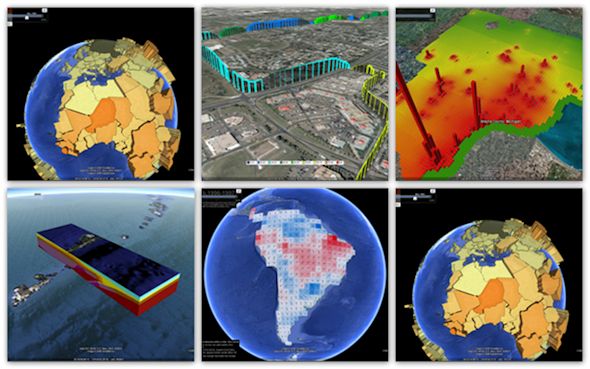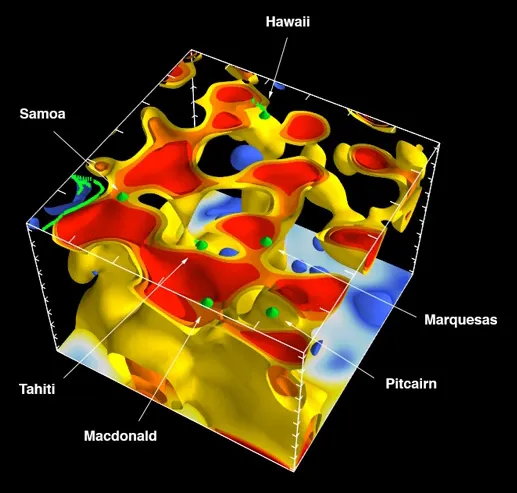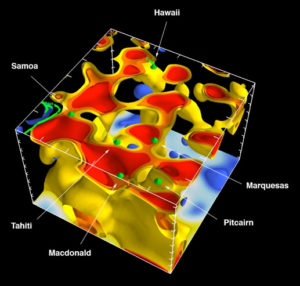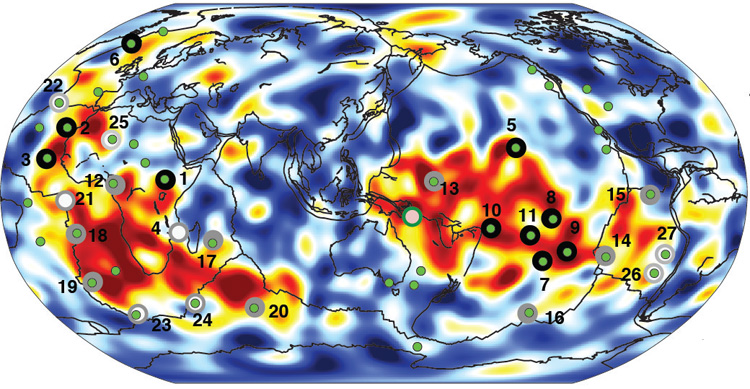
The new version of Google Earth’s KML allows for Virtual Tours. Is it Google attempt at Apple’s Flyovers?
Google Earth is an awesome tool and an impressive achievement. It redefined how people all around the world think about location information. There are no doubts about that.
Not everyone knows that besides browsing satellite images, Google Earth allows you to add your own data layers directly to the app. It is possible via so-called KML files.
KML stands for Keyhole Markup Language and if you understand HTML/XML you will have little problem understanding its syntax. Essentially KML is Google Earth’s format for storing and visualizing external geospatial data: points, lines and polygons in 4D (3D location and time).
Last week Open Geospatial Consortium – the geospatial standardization forum announced approval of the new version of KML format 2.3 which allows for easy creation of virtual tours.
This new feature enables a user to specify aspects of a controlled virtual flight through a series of geographic locations, including speed, mode of flight (smooth or bounce), sound tracks and how KML features are updated throughout the tour.
Is it Google attempt to take over Apple’s Flyover feature? It seems so. It might allow for a similar effect but created by users rather than predefined by Apple or Google. Sounds cool.
source: OGC







